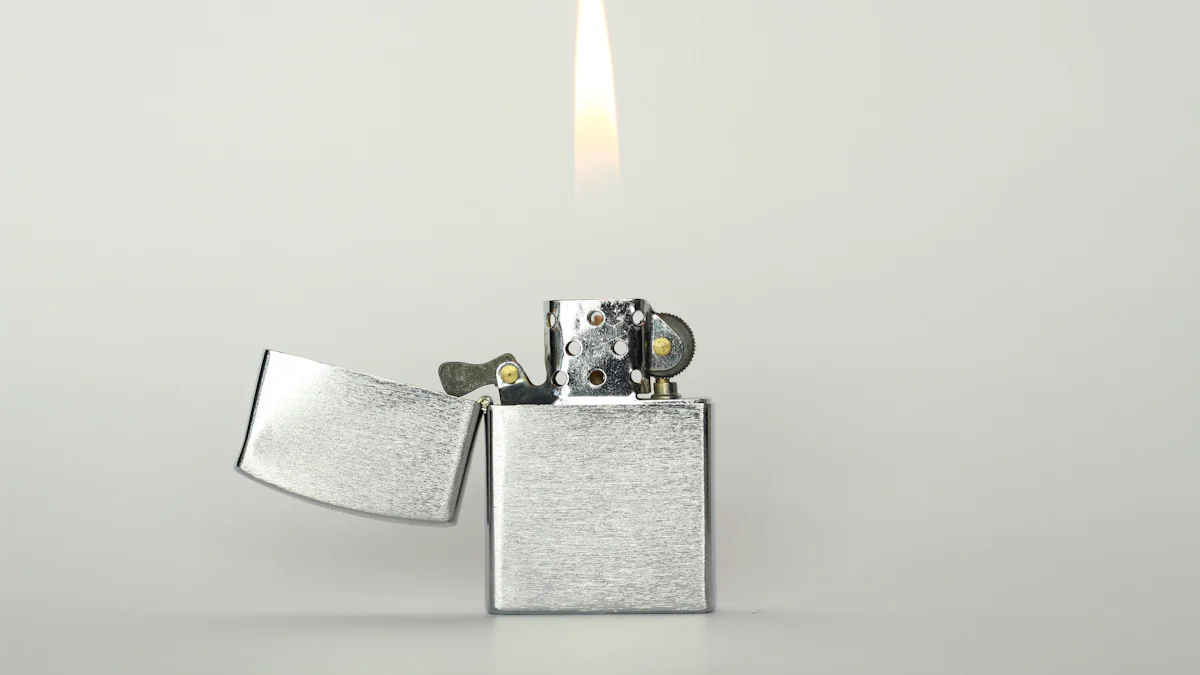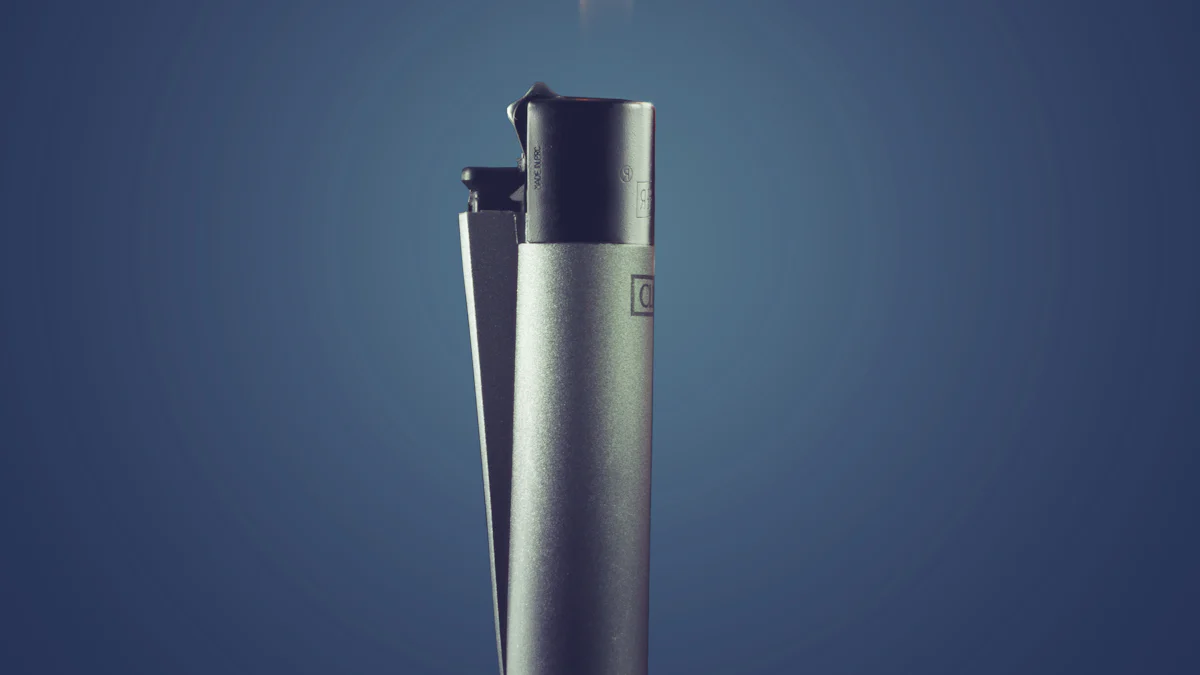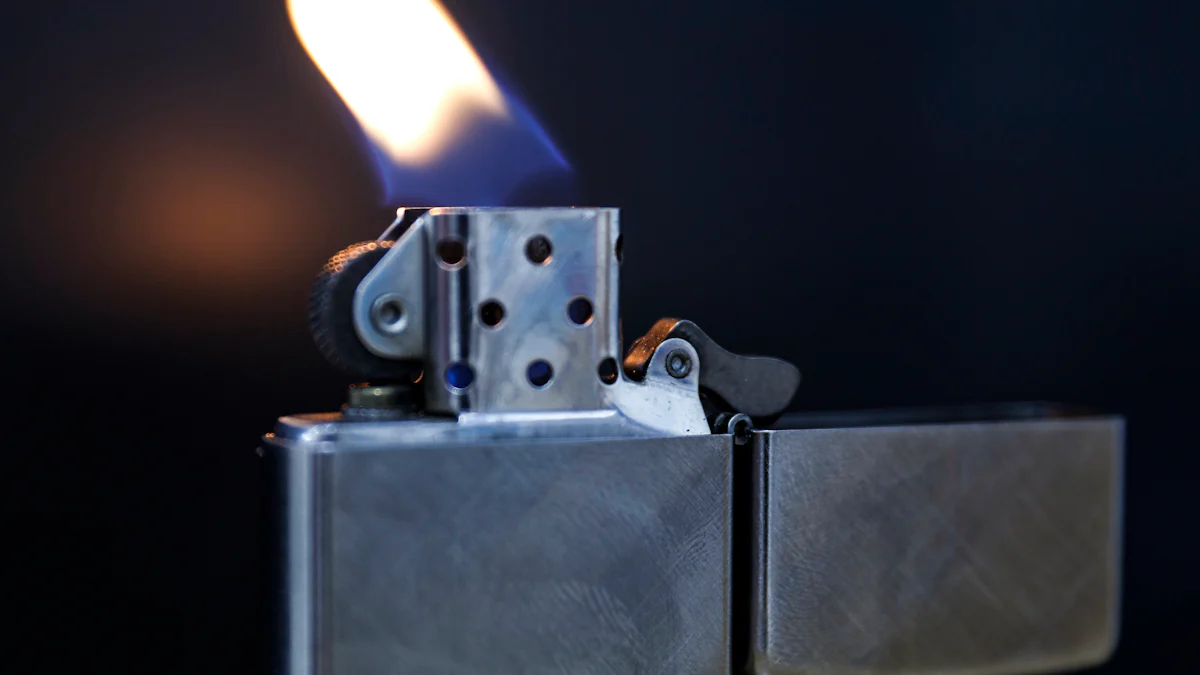
A lighter making machine creates lighters by automating the entire production process. It assembles components with precision and speed, ensuring consistency in every unit. You can rely on these machines to streamline manufacturing, reduce errors, and boost efficiency. This technology has revolutionized how lighters are produced, making the process faster and more reliable.
Key Takeaways
- Machines that make lighters speed up work and lower mistakes.
- Checking quality is important; sensors and workers ensure lighters are safe.
- Future lighter making will use green materials and better machines.
How Lighter Making Machines Work

Overview of the Manufacturing Process
Lighter making machines simplify the production process by combining multiple steps into one seamless operation. These machines handle everything from assembling the lighter’s body to adding the ignition mechanism. You can think of it as a factory in a single unit. The process begins with raw materials like plastic and metal, which are shaped and molded into lighter components. Then, the machine assembles these parts with precision, ensuring each lighter meets quality standards.
The goal of this process is to produce lighters quickly while maintaining consistency and reliability.
Step-by-Step Operation of the Machine
- Material Feeding: The machine starts by feeding raw materials, such as plastic granules and metal strips, into designated compartments.
- Component Formation: It molds the plastic into the lighter’s body and cuts the metal for the ignition system.
- Assembly: The machine assembles the body, fuel chamber, and ignition parts.
- Fuel Injection: It fills the lighter with fuel, ensuring the correct amount for safe use.
- Quality Check: Finally, the machine inspects each lighter for defects before packaging.
Each step is automated, reducing the need for manual labor and minimizing errors.
Automation and Efficiency in Lighter Making
Automation plays a key role in lighter making. Machines can produce thousands of lighters in a single day, far surpassing manual production rates. You benefit from this efficiency because it lowers production costs and ensures consistent quality. Advanced sensors and software monitor the process, making adjustments in real-time to prevent errors.
With automation, lighter making becomes faster, safer, and more reliable.
Components and Materials in Lighter Making

Essential Components of the Machine
A lighter making machine consists of several key components that work together to produce high-quality lighters. The molding unit shapes the plastic into the lighter’s body. The metal cutting system prepares the ignition parts, such as the flint and wheel. The assembly module combines all the components, ensuring precise alignment. A fuel injection system fills the lighter with the correct amount of fuel. Finally, the quality control sensors inspect each lighter for defects before it leaves the machine. Each part of the machine plays a vital role in maintaining efficiency and accuracy.
Materials Used in Lighter Manufacturing
Lighter manufacturing relies on durable and safe materials. Plastic is the primary material for the lighter’s body due to its lightweight and moldable properties. Metals like steel or zinc alloy are used for the ignition system because they are strong and resistant to wear. Butane gas serves as the fuel, offering a clean and efficient flame. Some lighters also include decorative elements, such as painted designs or metallic finishes, to enhance their appearance. These materials ensure that the final product is both functional and visually appealing.
Types of Lighters Produced
Lighter making machines can produce a variety of lighter types to meet different needs. Disposable lighters are the most common, designed for single use and affordability. Refillable lighters, on the other hand, allow you to add more fuel, making them a more sustainable option. Windproof lighters, often used outdoors, feature a specialized design to keep the flame steady in windy conditions. Each type serves a specific purpose, giving you plenty of options to choose from.
Innovations and Quality Control in Lighter Making
Quality Control Measures in Production
Quality control ensures that every lighter meets safety and performance standards. You’ll find that lighter making machines use advanced sensors to detect defects during production. These sensors check for issues like improper assembly, fuel leaks, or misaligned ignition systems. If a defect is found, the machine removes the faulty lighter from the production line.
Manufacturers also conduct manual inspections to double-check the machine’s work. Workers test random samples for durability, flame consistency, and fuel efficiency. This combination of automated and manual checks guarantees that only high-quality lighters reach the market. By focusing on quality control, manufacturers protect users and maintain their reputation.
Technological Advancements in Lighter Making
Technology has transformed lighter making into a highly efficient process. Modern machines now include AI-powered systems that monitor production in real time. These systems can predict potential issues and make adjustments before problems occur. For example, if a sensor detects uneven fuel levels, the machine corrects the issue immediately.
You’ll also notice that 3D printing is becoming a popular tool in lighter manufacturing. It allows companies to create prototypes quickly and test new designs without wasting materials. These advancements not only improve efficiency but also open the door to more innovative lighter designs.
Future Trends in Lighter Manufacturing
The future of lighter making looks promising with the rise of sustainable practices. Manufacturers are exploring eco-friendly materials like biodegradable plastics and refillable designs to reduce waste. You might also see more lighters powered by renewable energy sources, such as solar or rechargeable batteries.
Automation will continue to evolve, with smarter machines capable of handling even more complex tasks. As technology advances, you can expect lighter making to become faster, greener, and more innovative. These trends will shape the industry and meet the growing demand for sustainable and efficient products.
You’ve seen how lighter making machines streamline production with precision and speed. Each component plays a vital role in creating reliable lighters. Quality control ensures safety, while technological advancements improve efficiency. The future holds exciting possibilities, from eco-friendly materials to smarter automation. These innovations promise a greener and more efficient manufacturing process.
FAQ
What is the production capacity of a lighter making machine?
A typical lighter making machine can produce thousands of lighters daily. The exact number depends on the machine’s model and automation level.
Are lighter making machines eco-friendly?
Some machines now support eco-friendly practices. They use biodegradable plastics and energy-efficient systems to reduce environmental impact. Look for models designed with sustainability in mind. ♻️
Can one machine produce multiple lighter types?
Yes, many machines can produce various lighter types. You can switch between disposable, refillable, or windproof designs by adjusting the machine’s settings.
💡 Tip: Always check the machine’s specifications to ensure it meets your production needs.


